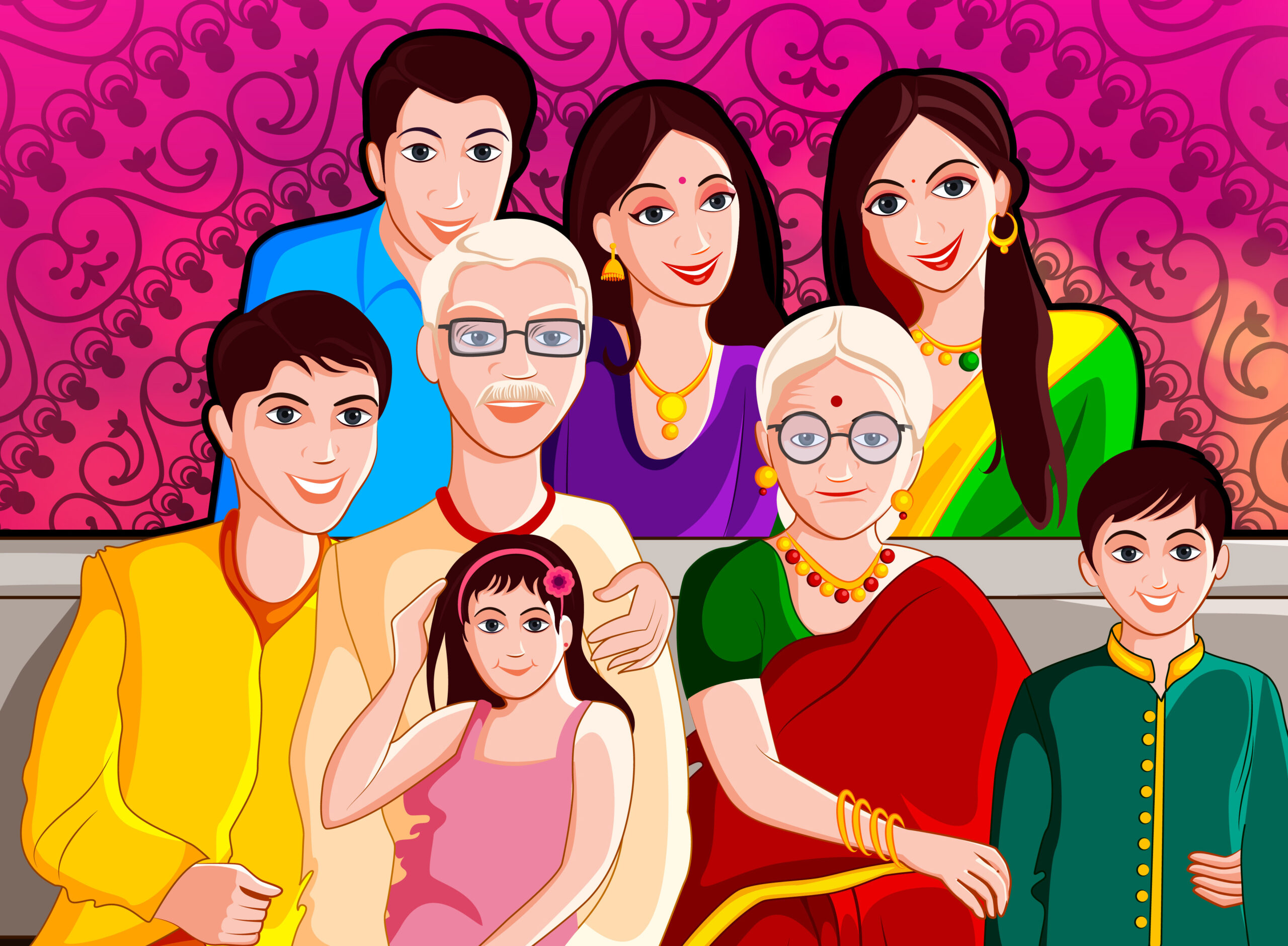- Courses
- GS Full Course 1 Year
- GS Full Course 2 Year
- GS Full Course 3 Year
- GS Full Course Till Selection
- Answer Alpha: Mains 2025 Mentorship
- MEP (Mains Enrichment Programme) Data, Facts
- Essay Target – 150+ Marks
- Online Program
- GS Recorded Course
- Polity
- Geography
- Economy
- Ancient, Medieval and Art & Culture AMAC
- Modern India, Post Independence & World History
- Environment
- Governance
- Science & Technology
- International Relations and Internal Security
- Disaster Management
- Ethics
- NCERT Current Affairs
- Indian Society and Social Issue
- NCERT- Science and Technology
- NCERT - Geography
- NCERT - Ancient History
- NCERT- World History
- NCERT Modern History
- CSAT
- 5 LAYERED ARJUNA Mentorship
- Public Administration Optional
- ABOUT US
- OUR TOPPERS
- TEST SERIES
- FREE STUDY MATERIAL
- VIDEOS
- CONTACT US
Changing Institution of Family in India
Changing Institution of Family in India

- The Supreme Court recently raised concerns over the erosion of family values in Indian society.
- The Court highlighted a growing trend of litigation between parents and children over issues like property and maintenance.
- This shift is seen as a departure from the ideal of ‘Vasudhaiv Kutumbakam’ towards a ‘One Person, One Family’ model.
- In the Samtola Devi v. State of Uttar Pradesh & Others case, the Supreme Court interpreted the Maintenance and Welfare of Parents and Senior Citizens Act, 2007.
- The Court observed that while the Act mandates maintenance for elderly parents, it does not explicitly authorize them to evict their children from their homes.
The Changing Family Structure in India
|
Aspect |
Traditional Family |
Contemporary Trends |
|
Structure |
Joint family setup with multiple generations cohabiting under one roof. |
Predominance of nuclear families with just parents and their underage children. |
|
Decision-Making |
Elders held authority, and collective decisions were the norm. |
Decision-making is becoming more equal between spouses, promoting shared responsibility. |
|
Marriage Practices |
Elders arranged marriages based on family alliances and social norms. |
Rise in love marriages, live-in relationships, and recognition of same-sex partnerships. |
|
Core Values |
Focus on collectivism, interdependence, and family unity. |
Shift towards individualism, privacy, and personal aspirations. |
Key Factors Driving the Transformation
- Urbanization has reduced space for large joint families, pushing nuclear setups in cities.
- Rising cost of living in urban centres has made joint family living economically unviable.
- Dual-income households demand flexibility, weakening traditional gender-based roles.
- Women's education and workforce participation have challenged patriarchal family norms.
- Western cultural influence has popularized personal freedom and independent lifestyles.
- Globalization and MNCs’ work culture promote smaller, mobile, and flexible family units.
- Technology allows digital connection but reduces physical interactions and emotional depth.
Impacts of the Changing Family Model
Positive Outcomes
- Increased father involvement in daily parenting beyond financial responsibilities.
- Stronger parent-child bonds due to undivided attention in nuclear families.
- Reduction in internal family conflicts, especially around inheritance and control.
- Women and youth gain autonomy, leading to independent decision-making and empowerment.
Negative Consequences
- Widening generation gap leading to conflicts rooted in differing values and habits.
- Dilution of traditional values, especially respect for elders and community norms.
- Children in small families may feel isolated due to lack of siblings or cousins.
- Elderly face loneliness, neglect, and are at risk of physical and mental health issues.
- Increased burden on public infrastructure, such as old-age homes and childcare centers.
The Way Forward
- Community-based care systems should be developed for elders, children, and the vulnerable.
- RWAs and Panchayats can lead by building local social capital and support structures.
- Example: Kerala’s Kudumbashree network integrates women empowerment and elder care.
- Education reforms must introduce value-based learning and emotional intelligence early on.
- Teaching empathy and family values can help rebuild intergenerational understanding.
- Urban housing designs should encourage multi-generational living arrangements.
- Incentives for such homes can retain familial bonds in modern city environments.
- Broaden the legal definition of family to include single-parent households, elderly living alone, etc.
- This inclusive approach allows better targeting of welfare schemes and social services.
- Strengthen implementation of the Maintenance and Welfare of Parents and Senior Citizens Act, 2007.
- Children must be made legally accountable for the support and dignity of their parents.
Free legal aid for the elderly can help them protect their rights and seek redressal when needed.




